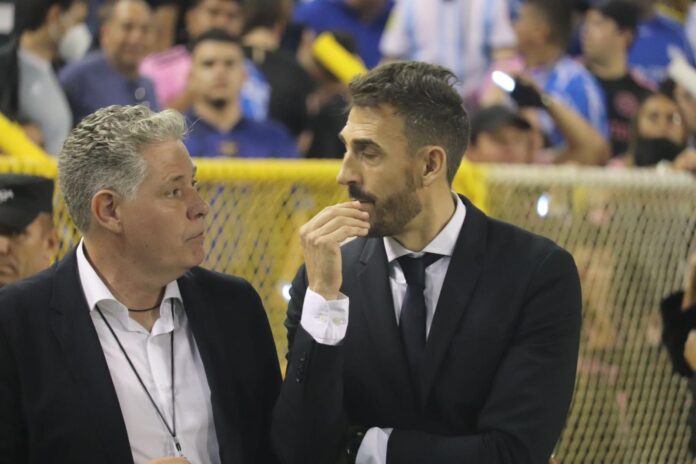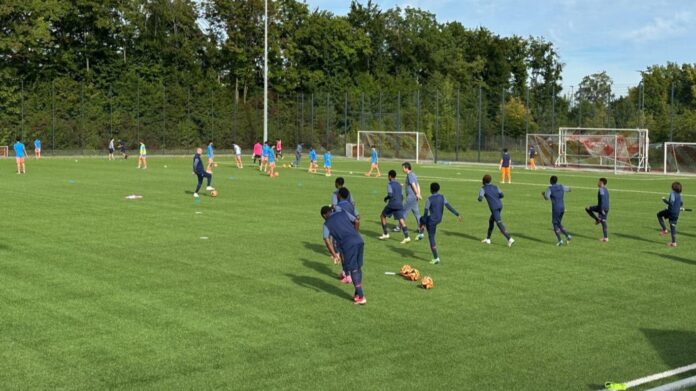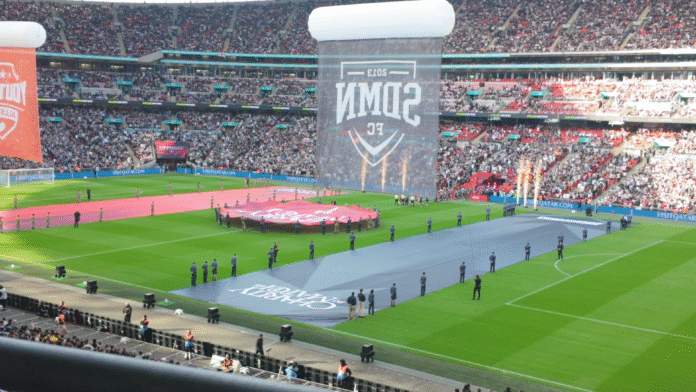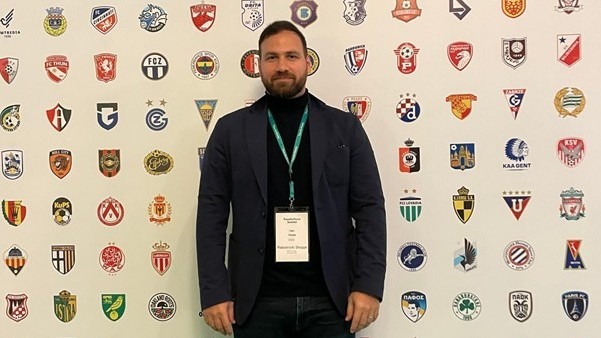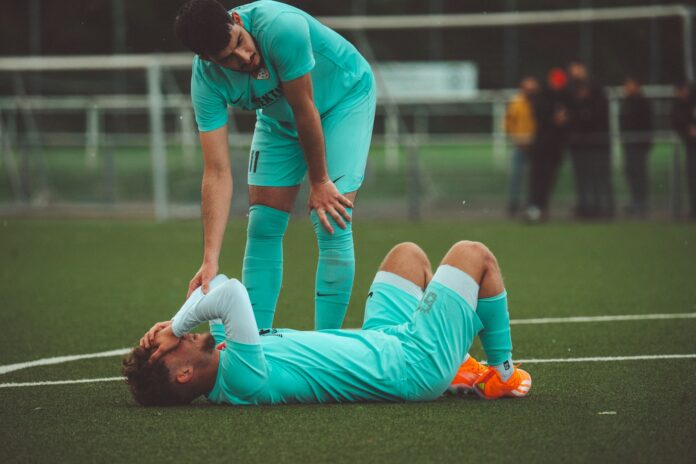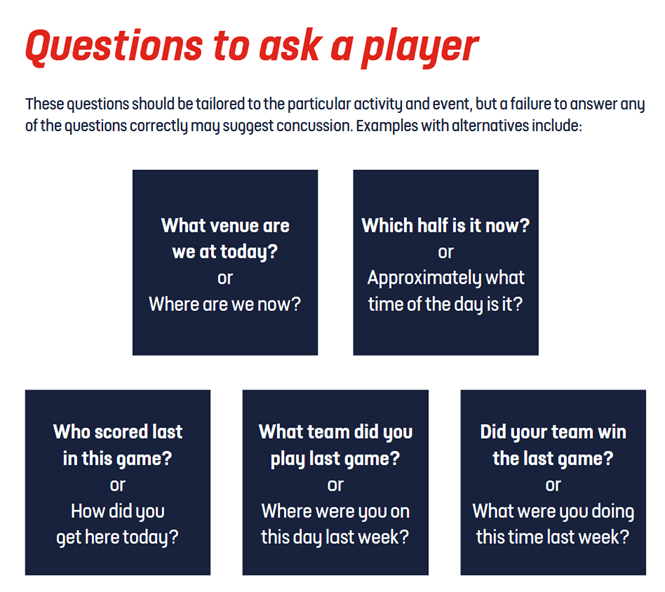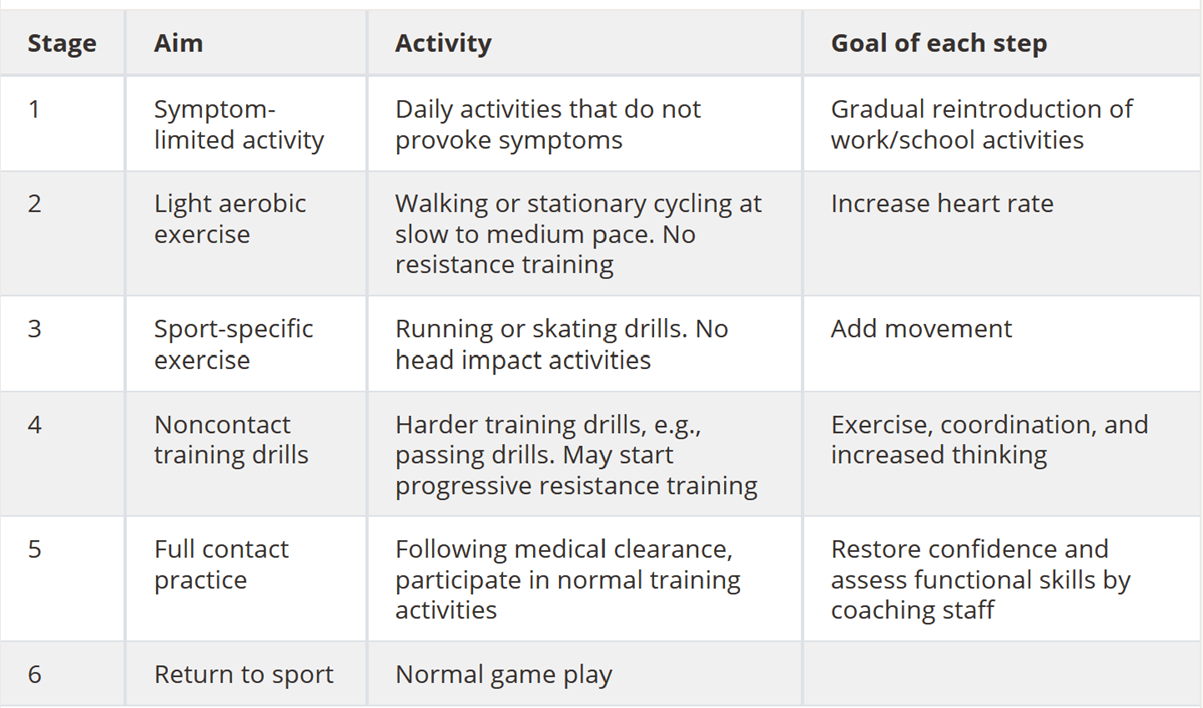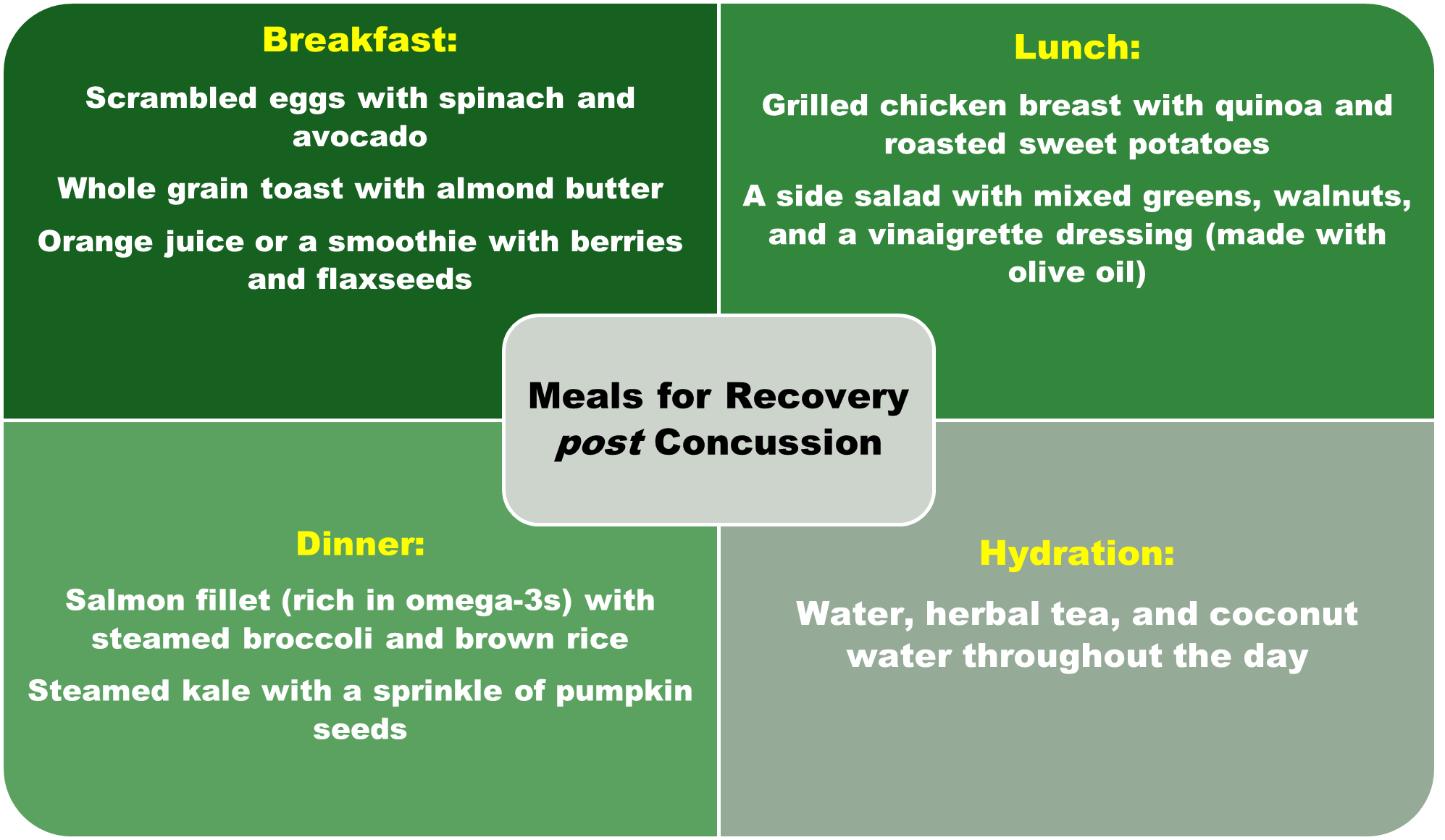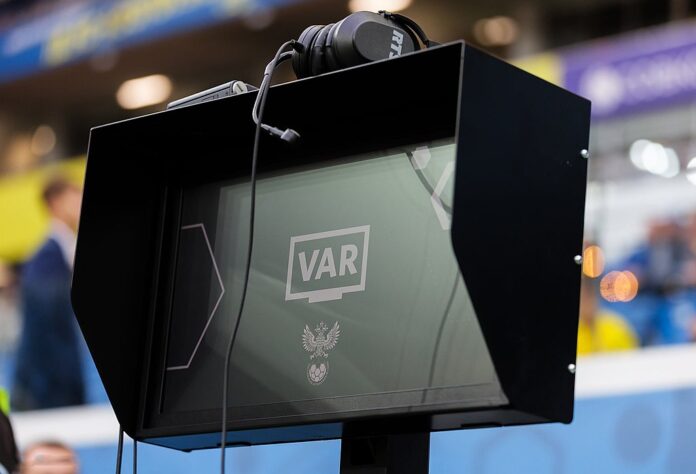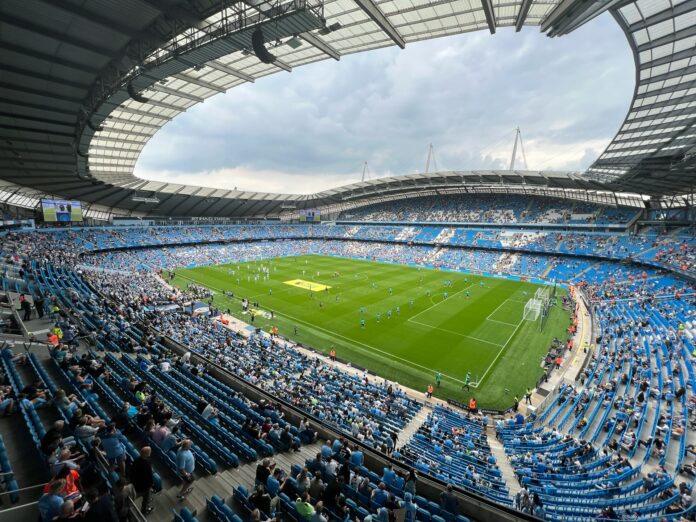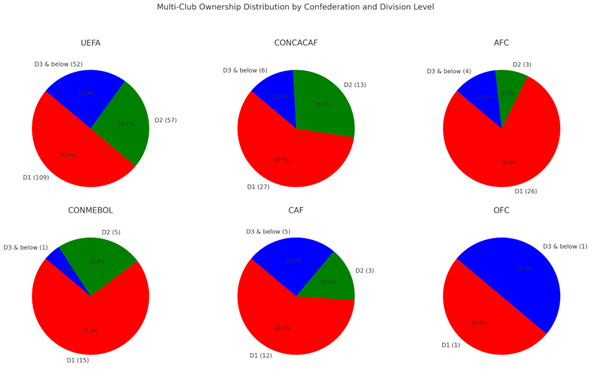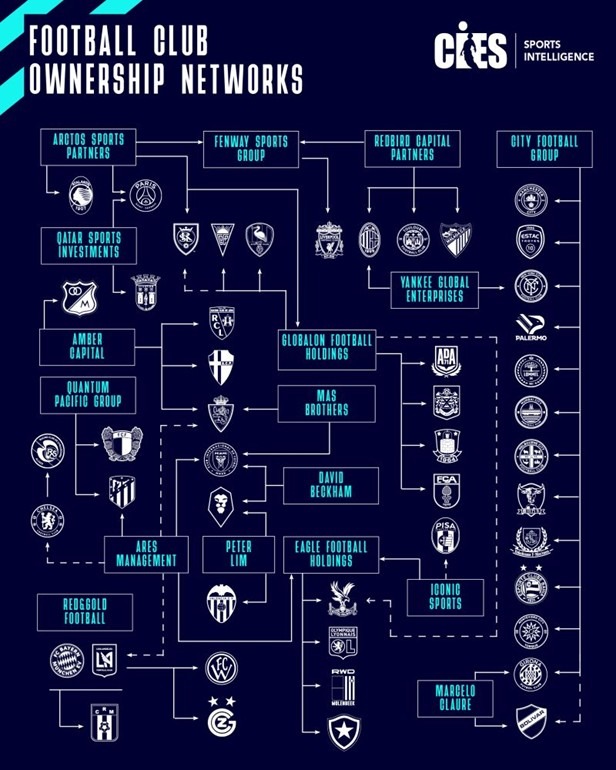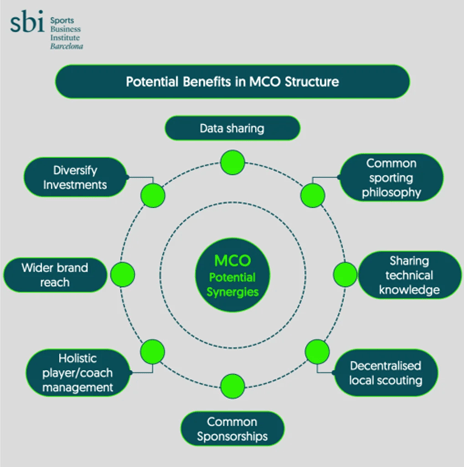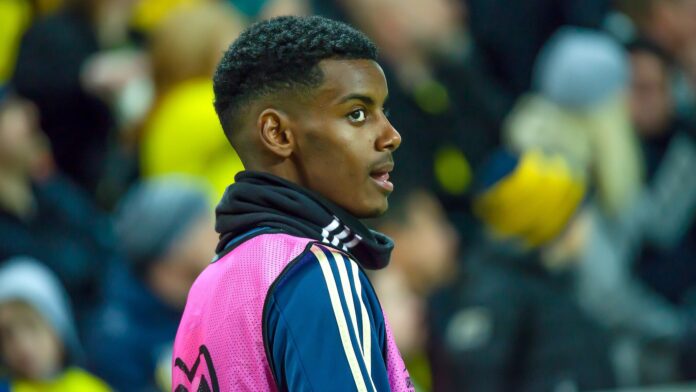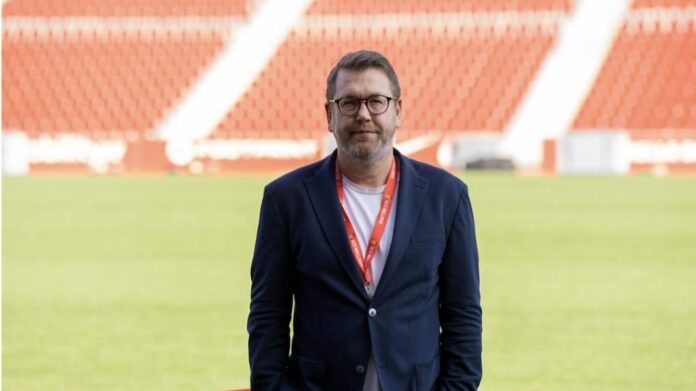Tiago Pereira is proving that success on the football pitch often begins in the kitchen. As a performance chef, he has carved out a unique career blending culinary arts with sports science to help athletes reach peak performance. From the Premier League environment of Southampton FC to the emerging heights of the London City Lionesses, Pereira’s path showcases how expert nutrition and cooking can support winning teams. He currently serves as the Team Performance Chef for the London City Lionesses, designing and preparing meals that fuel the squad through training and competition, and also lends his expertise to a professional cycling team, YETi Cycles. Along the way, he has augmented his hands-on experience with formal training at FC Barcelona’s renowned Innovation Hub in sports nutrition, positioning himself at the forefront of a new generation of performance-focused chefs.
Early ambitions: from business school to the kitchen
Pereira’s journey is grounded in a drive to continually improve and adapt. He first entered the catering industry in 2017, joining Southampton Football Club as a Kitchen Porter. That role gave him his first taste of the fast-paced environment inside a professional football club and laid the foundation for his culinary career.
From kitchen porter to performance chef, Pereira’s rise reflects resilience, adaptability and a passion for fuelling athletes the right way.
In 2018, he expanded his experience by working as an events chef, preparing food for large-scale functions such as weddings and corporate gatherings. This broadened his repertoire beyond football, teaching him how to deliver high-quality meals at scale, from canapés to multi-course dinners.
By 2019, Pereira had progressed to Chef de Partie within Southampton FC’s catering team. This position allowed him to apply his growing expertise at one of England’s top clubs and served as a springboard into performance cooking.
At the same time, he was pursuing a Business Management degree at Solent Southampton University (2019 to 2022). Although his contract was technically a 0-hour agreement, he worked full-time hours most weeks at Southampton FC. Balancing university coursework with the demands of a professional kitchen taught him discipline and time management. In his own words, that period helped him develop essential skills such as leadership, organization, communication, reliability, adaptability, and the ability to work under pressure. Juggling academia and a culinary career gave Pereira a head start in handling the kind of multitasking required in elite sports environments.
Cooking for the Saints: Southampton FC experience
Working at Southampton FC (2017 to 2025) gave Pereira his first taste of the elite sports world from inside the kitchen. Employed as a Chef de Partie through catering partner Gather & Gather (CH&CO), he was entrusted with running the directors’ room on match days, where the club’s executives and VIP guests dined in style. Week in and week out at St. Mary’s Stadium, he orchestrated fine dining experiences during the intense atmosphere of Premier League fixtures. From coordinating pre-match luncheons to post-game dinner functions, Pereira learned to deliver under pressure and meet the high standards expected in a top-flight football club.
“If the best players in the world have their own performance chefs then maybe I should have one” is a mindset now spreading across football clubs.
During his Southampton stint, Pereira also seized opportunities to expand his horizons. The catering group’s network saw him work at notable venues and events beyond the Southampton kitchens, including stints at London’s Olympia exhibition centre and assignments at Watford Football Club. These experiences polished his adaptability as he adjusted to different facilities and clientele while maintaining excellence. By handling everything from intimate boardroom meals to large corporate events, Pereira refined the craft of making nutritious food taste truly enjoyable, a balance that became crucial in athlete-focused meal preparation.
Equally important, his time with “the Saints” gave him insight into sports nutrition needs. Even though his primary duties were hospitality-focused, being embedded in a professional club environment meant he saw firsthand how diets were managed around training and matches. It’s no surprise that modern football clubs integrate chefs into their performance teams. Sports nutritionists work closely with club chefs to ensure players eat optimally throughout the day. Pereira’s on-the-job observations at Southampton fueled his curiosity about the science of nutrition and laid the groundwork for the next phase of his career.
Embracing sports nutrition science
Recognizing the growing importance of specialized nutrition in sport, Pereira decided to deepen his expertise through formal education. In 2024 he enrolled in the Barça Innovation Hub’s Professional Diploma in Sports Nutrition, an intensive 10-month program run by FC Barcelona to train professionals in the latest sports science of diet and performance. This course provided comprehensive knowledge on how to optimize athletic performance and recovery by applying advanced sports nutrition, from designing personalized meal plans to managing supplements and hydration strategies. Under the guidance of expert sport scientists and nutritionists, Pereira learned to translate lab-based insights into practical meal plans. He essentially learned to fuel athletes with science-backed precision.
This additional qualification, completed in 2025, equipped Pereira with the credentials and confidence to transition fully into a performance chef role. In elite football, the value of a chef who understands nutrition cannot be overstated. Clubs now insist on tailored diets as much as tailored training for their players. In fact, many top players credit personal performance chefs for prolonging their careers and boosting their form. Superstars like Cristiano Ronaldo and Lionel Messi, who dominated the Ballon d’Or awards for a decade, have both attributed part of their success to having dedicated chefs ensuring every meal maximizes their performance. As one performance catering expert put it, most chefs can cook delicious food, “but not many think about tailoring that food to meet the precise requirements players need.” By mastering sports nutrition, Pereira set himself apart as exactly that kind of chef who crafts cuisine to meet athletes’ exact needs.
With his new diploma in hand, Pereira was ready to apply his expanded skill set back into football. He didn’t have to wait long for the opportunity.
Leading performance nutrition at London City Lionesses
In early 2025, Tiago Pereira stepped into the role of Team Performance Chef for the London City Lionesses, an ambitious club in women’s football. The Lionesses were competing in the FA Women’s Championship (the second tier) at the time, with sights set on reaching the top division. Pereira immediately got to work implementing a professional nutrition program for the team. He planned all menus and personally cooked meals for the first-team players, coaches, and staff at the training ground on a daily basis. Every breakfast, lunch, and snack was carefully designed to support the squad’s training load, from high-protein options for recovery days to carbohydrate-rich choices for intense practice sessions.
On match days, Pereira’s responsibilities extended beyond the training ground kitchen. He would travel with the squad to away games, ensuring that players had the right pre-match fuel and post-match recovery meals wherever they went. This could mean whipping up an energizing high-carb meal a few hours before kickoff or preparing a protein-packed dinner after a tough game to kick-start muscle repair. By controlling the quality and timing of the players’ food intake, Pereira helped the Lionesses maintain consistency in their diet, which is crucial for performance. As sports nutrition research shows, the coordination between training, match schedules, and nutrient intake can give athletes a competitive edge in stamina and recovery.
Pereira’s culinary and organizational leadership quickly became part of the club’s fabric. That year, the London City Lionesses achieved promotion to the Women’s Super League, the top tier of English women’s football, for the first time in their history. It was a milestone that came from talented players and staff all pulling in the same direction. Behind the scenes, Pereira’s work in the kitchen was one of the supporting pillars of that success. As the Lionesses prepare to face top-flight competition, having a performance chef to fine-tune nutrition is an asset. It ensures that players go into each fixture as well-fueled as possible and recover faster afterward. Weekly fixtures against the country’s best teams demand peak fitness. “If the best players in the world have their own performance chefs then maybe I should have one” is a mindset spreading through football. Clubs like London City are embracing it fully by employing experts like Pereira.
Beyond football: expanding to cycling with YETi
While football remains Pereira’s primary arena, his expertise has proven valuable in other sports as well. In 2025 he also took on a role with YETi Cycles, serving as a performance chef for the company’s professional mountain biking teams. In this position, Pereira travels on the international circuit with YETi’s downhill and endurance racers, completing the 2025 season across Europe with the squad. The shift from football to cycling showcases his versatility. He must adjust menus to meet the demands of athletes who tackle intense downhill runs and grueling multi-stage endurance races. For example, downhill mountain bikers might need quick bursts of energy and excellent focus, whereas endurance riders require sustained fuel and impeccable recovery nutrition after long hours on the bike. Pereira draws on his broad knowledge to balance carbohydrate loading, lean proteins, and micronutrient-rich ingredients to suit each scenario. Just as he does with footballers, he works closely with coaches and athletes in cycling to ensure that what they eat optimally supports their training and race schedules. This foray into another sport not only underscores the adaptability of his culinary skills but also reinforces a core principle of performance nutrition: whether on two wheels or two feet, the right food can be a game-changer.
A leadership recipe: skills behind the stove
What sets Tiago Pereira apart is not just his ability to cook or his knowledge of nutrition, but the leadership and professionalism he brings to the role of performance chef. Running a kitchen for an entire team requires more than chopping and stirring. It demands planning, teamwork, and clear communication. Colleagues who have worked with Pereira often note his strong team leadership and organizational prowess in high-pressure situations. He is the kind of chef who can coordinate multiple diets and dishes simultaneously without missing a beat, ensuring that each athlete’s needs are met on time. This skill was honed from early on when he was managing a full-time job and university studies concurrently. That experience taught him how to prioritize, multitask, and stay calm under stress.
Communication is another key ingredient in Pereira’s success. In the melting pot of a football club, he interacts with a diverse group of people: players from different cultural backgrounds, coaches and fitness staff, nutritionists, and kitchen assistants. Being trilingual (fluent in English, Portuguese, and Spanish) has been a valuable asset, allowing him to break language barriers with international players and colleagues. Whether he’s explaining the contents of a recovery shake to a curious player or coordinating meal plans with the team’s sports dietitian, Pereira leverages his communication skills to educate and build trust. His approachable demeanor in the kitchen encourages players to ask questions about their nutrition, turning meal times into informal learning opportunities about performance fueling. This strong rapport helps ensure athletes actually enjoy the food and understand its benefits. It’s a factor that can improve nutritional adherence and ultimately performance on the field.
Pereira also exemplifies professionalism and a positive attitude in his work. Former supervisors have praised his reliability and problem-solving mindset. If a last-minute schedule change requires an adjustment in meal timing or a specific dietary request comes from a player, he is quick to adapt the menu without compromising quality. His background in business management likely contributes to his strategic approach. He not only cooks, but also handles budgeting for ingredients, inventory management, and the logistics of feeding a whole squad day in and day out. In essence, he operates with the precision of a manager and the creativity of a chef.
Blending culinary arts and athletic performance
Tiago Pereira’s career is a testament to the evolving nature of backroom staff in football. In an era when no stone is left unturned in the pursuit of athletic excellence, roles like performance chefs have emerged as indispensable. Players like Gareth Bale have raved about the impact of personal chefs, saying “It’s like going out for a meal every night… [he] makes sure I eat all the right stuff”. Such endorsements underscore why clubs are investing in professionals who can deliver “science to plate” – exactly what Pereira offers. By marrying gourmet cooking with sports science, he provides athletes not only with delicious meals but with a competitive edge. Every protein pancake or recovery smoothie comes with the intent to improve a player’s stamina, strength, or healing. Every menu is aligned with training periodization, meaning the right nutrients at the right time. Whether it’s extra electrolytes after a humid training session or collagen-rich broth to help with injury rehabilitation, the goal is always performance.
For the London City Lionesses, having Pereira in the kitchen has meant peace of mind that nutrition is handled as meticulously as coaching or medical care. It’s a reflection of a broader trend. Football organizations are recognizing that championships can be influenced by diet as much as by tactics. The value of a performance chef is visible in the consistent energy levels of players and the quicker turnarounds between games. As the Lionesses embark on their first season in the top flight, Pereira’s menus will be one of the secret weapons helping them compete against more established clubs. And as Tiago Pereira’s story shows, the pathway from the kitchen to the pitch, once an overlooked journey, is now an exciting frontier in the sports industry.
In the end, Tiago Pereira exemplifies the modern performance chef: part nutritionist, part master chef, part leader. His ability to fuel athletic performance through culinary excellence makes him an integral player behind the players. With his background and passion, Pereira has not only built a remarkable career for himself, but he is also helping to redefine how football clubs think about food, performance, and the link between them. He is truly fueling the game one meal at a time.
Our exclusive interview with Tiago Pereira
Who is Tiago Pereira outside of football? What values or experiences shape how you approach your work with athletes?
Outside of football, I value personal balance and continuous growth. I enjoy running because it keeps me disciplined and offers a glimpse into an athlete’s mindset, developing resilience and focus. Traveling is another passion of mine; it allows me to explore different cultures and places, which inspires me both personally and professionally. Gathering new perspectives helps me create innovative menus and dishes that are culturally rich and creative.
In my work, I bring structure and professionalism but also creativity and adaptability. I believe nutrition is about more than just fueling performance—it’s about supporting the whole person. My own values of growth, balance and curiosity help me connect with athletes on a deeper level, enabling me to tailor my approach and foster trust. Overall, I aim to support athletes not only in their performance but in their overall well-being and personal development.
How did working at Southampton FC influence your understanding of performance and professionalism in elite sport?
Southampton FC was my first real working opportunity after leaving Portugal and it shaped my career and my mindset. I started there as a kitchen porter and worked my way up to the point where I was cooking for the owners of the club on matchdays. This journey has taught me the true meaning of professionalism, consistency, discipline and attention to detail.
More than anything, certain people at SFC showed me the importance of hard-work, resilience and teamwork; values I still carry with me every day.
What are the key principles you follow when planning nutrition for professional footballers?
- Every meal and snack is designed to support training, recovery and match-day performance. That means balancing the macronutrients to provide sustained energy, aid muscle repair and optimize recovery.
- Nutrition changes depending on whether it’s a training day, match day, recovery day or during travel. Periodisation is key.
- There is more to food than just being functional, when players enjoy their meals compliance and performance improves.
- Explaining the “what” and “why” behind food choices helps players not only to understand the importance of fuelling correctly but to learn how to themselves.
How did the Barça Innovation Hub’s Sports Nutrition diploma impact your approach to fueling athlete performance?
The Barça Innovation Hub’s Sports Nutrition Diploma completely changed my perspective on fueling athletes. Before, my knowledge was practical but limited — I understood how to cook for performance, but not the science behind it. The course gave me a deeper understanding of periodisation, energy balance and the specific nutritional demands of elite athletes across training, recovery and competition. It helped me from simply preparing meals to designing strategies with purpose, where every plate supports performance, recovery, and long-term health. That education gave me the confidence to combine science with creativity in the kitchen.
What moment in your career best reflects the value you bring to a football team’s performance setup?
The proudest moment of my career was when I joined the London City Lionesses project. Having started as a kitchen porter, to then be trusted with fueling professional footballers at such a high level showed the progression of my skills and the value I could bring. The feedback I received from players and staff confirmed that my attention to detail, nutritional knowledge, and commitment directly impacted performance and recovery. Also, supporting Yeti Cycles on their world tour has reinforced my ability to adapt to different environments while maintaining the highest performance standards.
What are your long-term goals within football and the wider world of sports performance?
My long-term goal is to continue developing as a performance chef and to work at the very highest levels of elite sport, ideally within a top football club or national team. I want to keep bridging the gap between nutrition science and food that athletes genuinely enjoy and trust. Beyond football, I’m also interested in applying my skills to other sports such UFC, where performance nutrition is equally critical. Ultimately, I see myself not just as a chef but as part of a multidisciplinary performance team, helping athletes reach their maximum potential through the power of food.
I’ve supported SL Benfica ever since I was born, so working for the club or for the athletes would probably be a dream come true.

